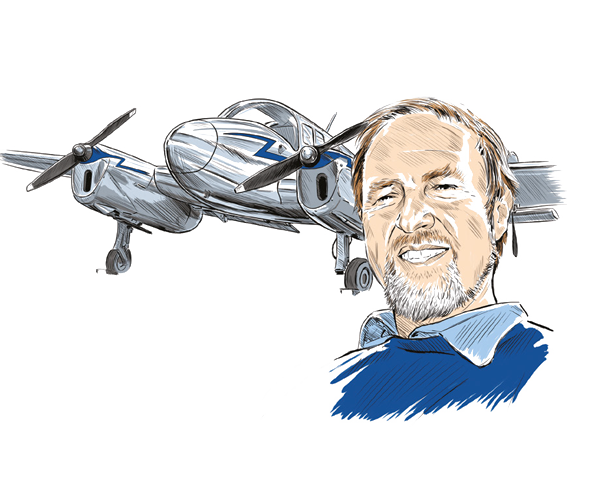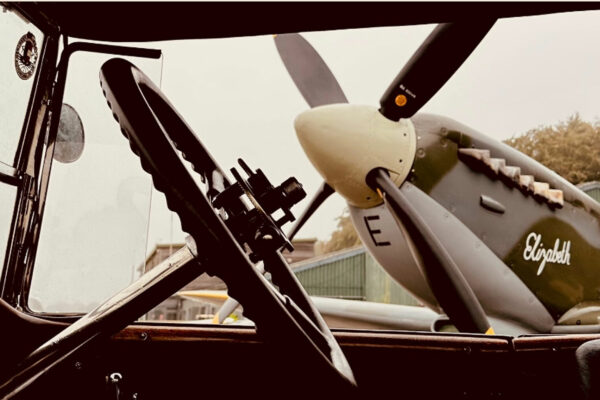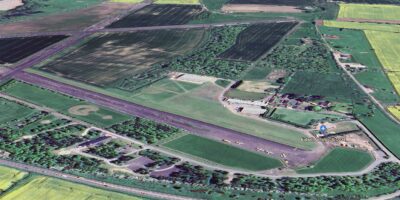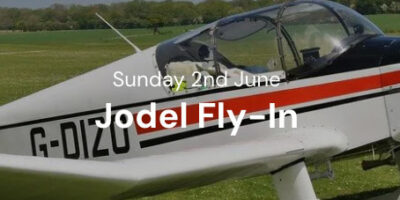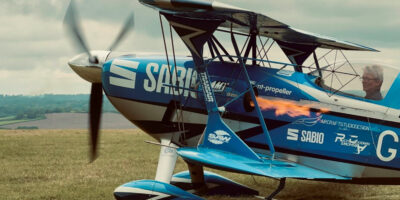It was only a couple of days ago I discovered that Richard L Collins, the great American aviation author, had died three years ago at the age of 84. He wasn’t an airline pilot, nor a military one, and most of his many, many hours behind the controls were spent in light aircraft. Flying them was his life, and at least 9,000 hours of that was spent in the left seat of his own much-modified pressurised Cessna 210 and wherever possible, when he couldn’t see the ground. Flying in IMC was for Collins, the best reason to fly. In his words, ‘dealing with inclement weather in light airplanes is one of the most interesting things that a pilot can do. If not done correctly it can be lethal but done correctly it is fascinating and rewarding. Poking around the innards of a weather system will teach you things about weather that you simply can’t learn anywhere else…’
As long as I’ve been flying, there have been plenty of warnings anywhere I cared to read, stating firmly that this last sentence describes research that nobody should ever be doing. Collins, though, made it sound like a reasonable course of action, not least because he used a light aircraft to travel everywhere – in a normal year for anywhere between 300 and 500 hours a year – which in a Cessna 210, far above the clouds, represents a fair old distance.
“The weather you see is what you get, not what’s written in the TAFs…”
It’s definitely not typical though – even in America – so what he wrote was a rare insight for the rest of us, based on real world experience, not to mention a deep understanding. He also told it very well, involving the reader while making it sound as if anyone could do it… provided they had an understanding of the basics, possessed some experience, and kept an open mind. Weather information, he said, was black and white, what the pilot had to do was learn to squint at the various shades of grey he or she would encounter. The weather you see is what you get, not what is written in the TAFs…
Belated discovery of his passing left me with a strange sense of loss. I didn’t know him but Collins was one reason I took out a subscription to Flying magazine in my formative years, along with Peter Garrison – self-taught aerodynamicist and designer and builder of two high-performance low-wing retractables – and of course Len Morgan and Gordon Baxter, time-served professionals in the cockpit and on the page. All of them possessed a conversational style, born of many years of actually doing what they were writing about, and none seemed to have any ego that came across. Confidence, yes, but no self aggrandisement. We’ve had our own great writers in the UK and Europe, but here was an added sense of romance born of a sense that flying anything in the United States was aviating in the bigger, wider world where more was possible, and more was legal. Collins and his colleagues probably wouldn’t have seen it like that, but based on a small island thousands of miles distant, it seemed like it to me.
Many more years ago than I care to contemplate, a year and more of slogging in a Cessna 152 had produced a piece of paper that said I was legal, if not competent. I wondered many times whether I really wanted to do this, mainly because there was so much I didn’t understand. I didn’t know why things happened, just that they usually did if I made a similar input, but not always. The time it took to gain a licence ensured practical experience and mental osmosis had at least soaked in some knowledge, but the breadth of understanding was dangerously narrow. The instructors I encountered could tell me what needed to happen but they didn’t necessarily explain it in a way that could be applied to a slightly different situation.
Much of this resonates now when I sit in the left-hand seat of Mazda’s MX5, trying to help someone navigate a race track in a shorter space of time. If I shout, ‘brake now… turn at that piece of kerb, keep to the left until you can see the marshals’ post…’ and so on, it’s me who’s driving the car, the student is just the autopilot. When I get out, what do they do? If it rains, and all the brake and turn points change, how will they adapt? When they go to another venue, will those instructions serve them?
There are some very good instructors and coaches in all disciplines, but having learned to manipulate the controls of an aeroplane, that’s about all I could lay claim to. I have never understood how some people get a licence in a fortnight and then feel confident enough to add some form of instrument qualification? Not getting lost and making a passable landing more than once in 10 attempts seemed hard enough to me. There’s no doubt though, that I gained more of the context that would eventually make flying a pleasure, from books and magazines, and in those days there were more column inches which seemed relevant, written in America. I’m still more comfortable in shabby conditions when there’s someone with an IR sitting next to me, but Richard Collins’ writing was usually the next best thing…
Working vintage aircraft and cars make Mark particularly happy
[email protected]


